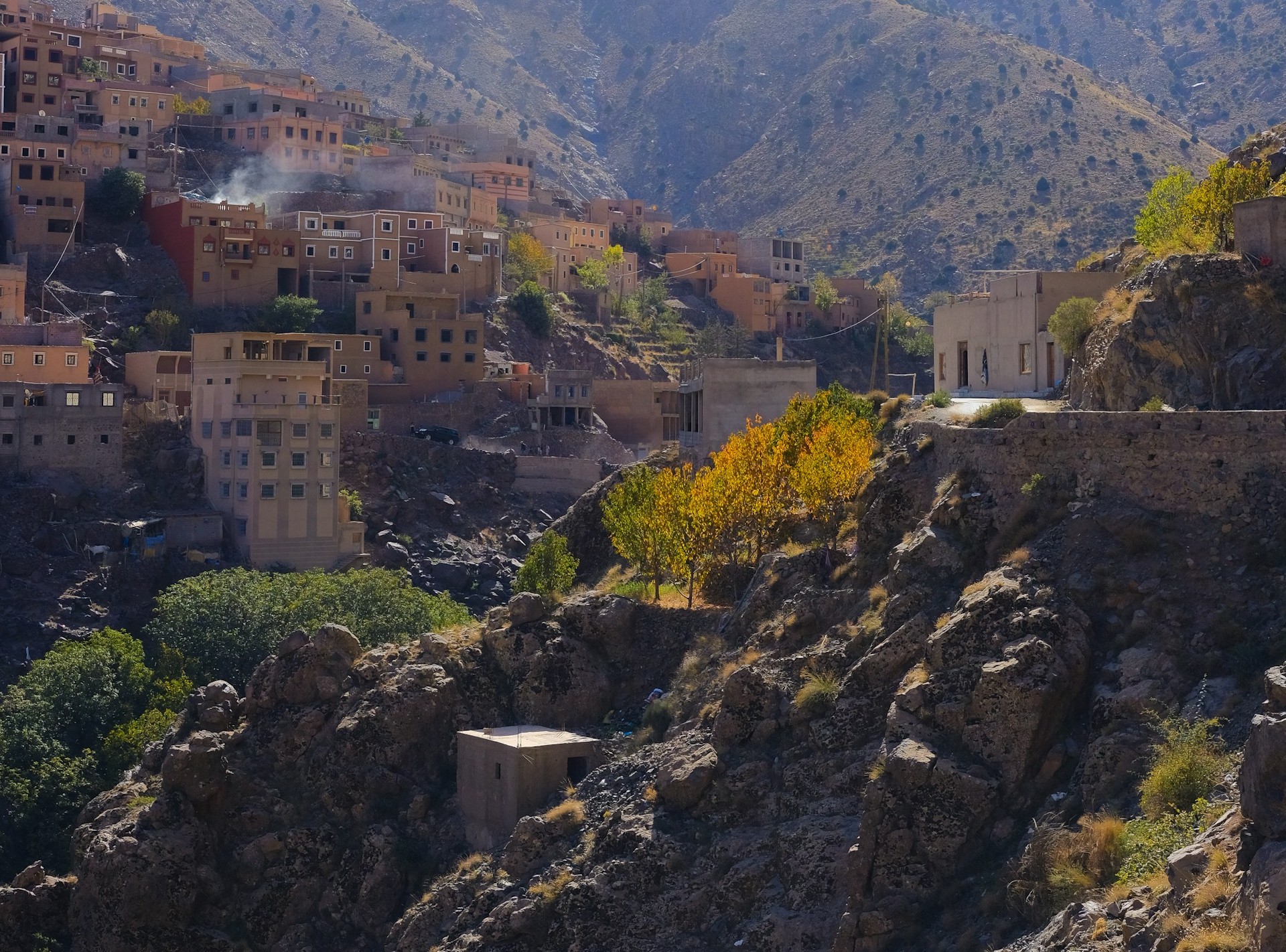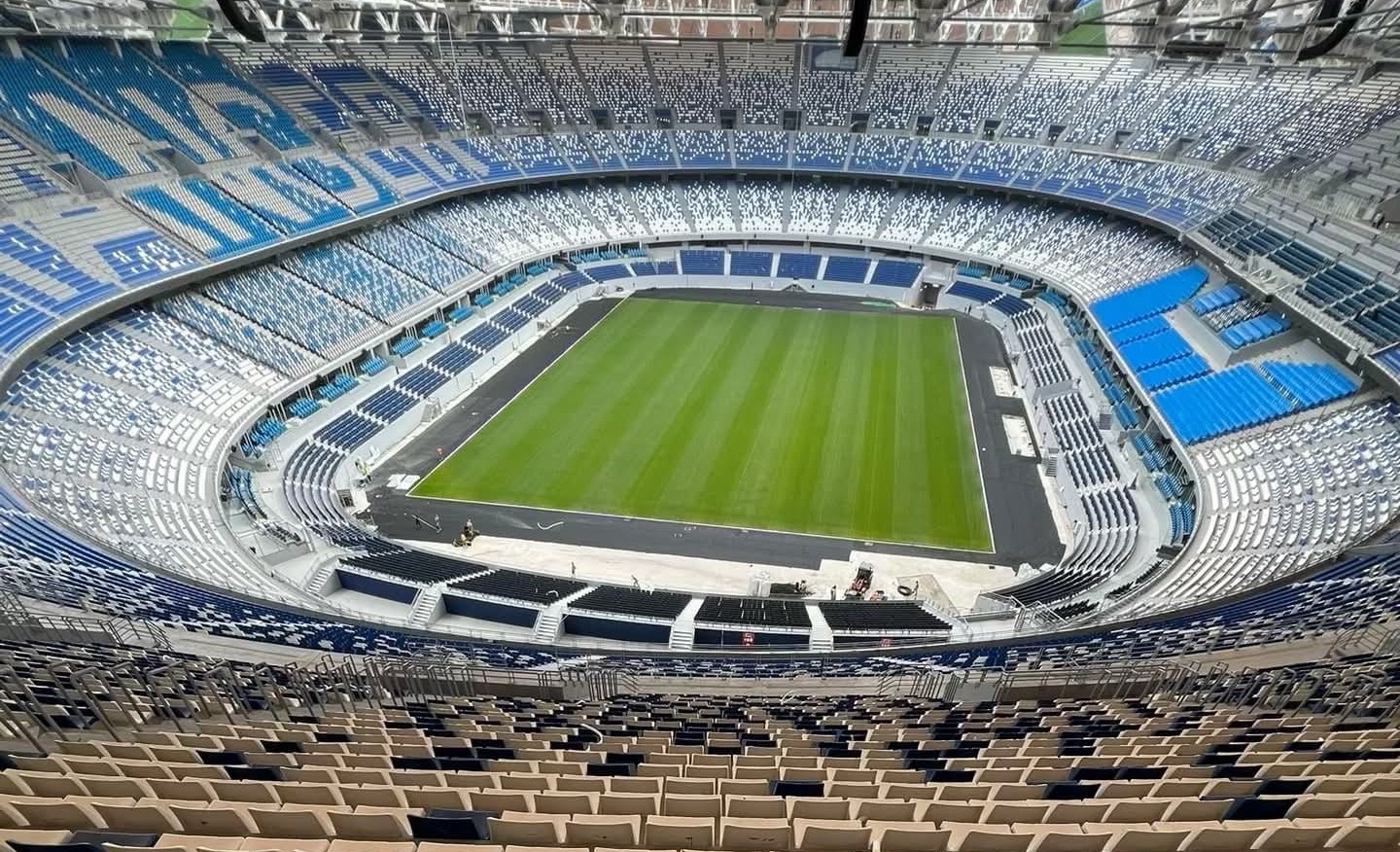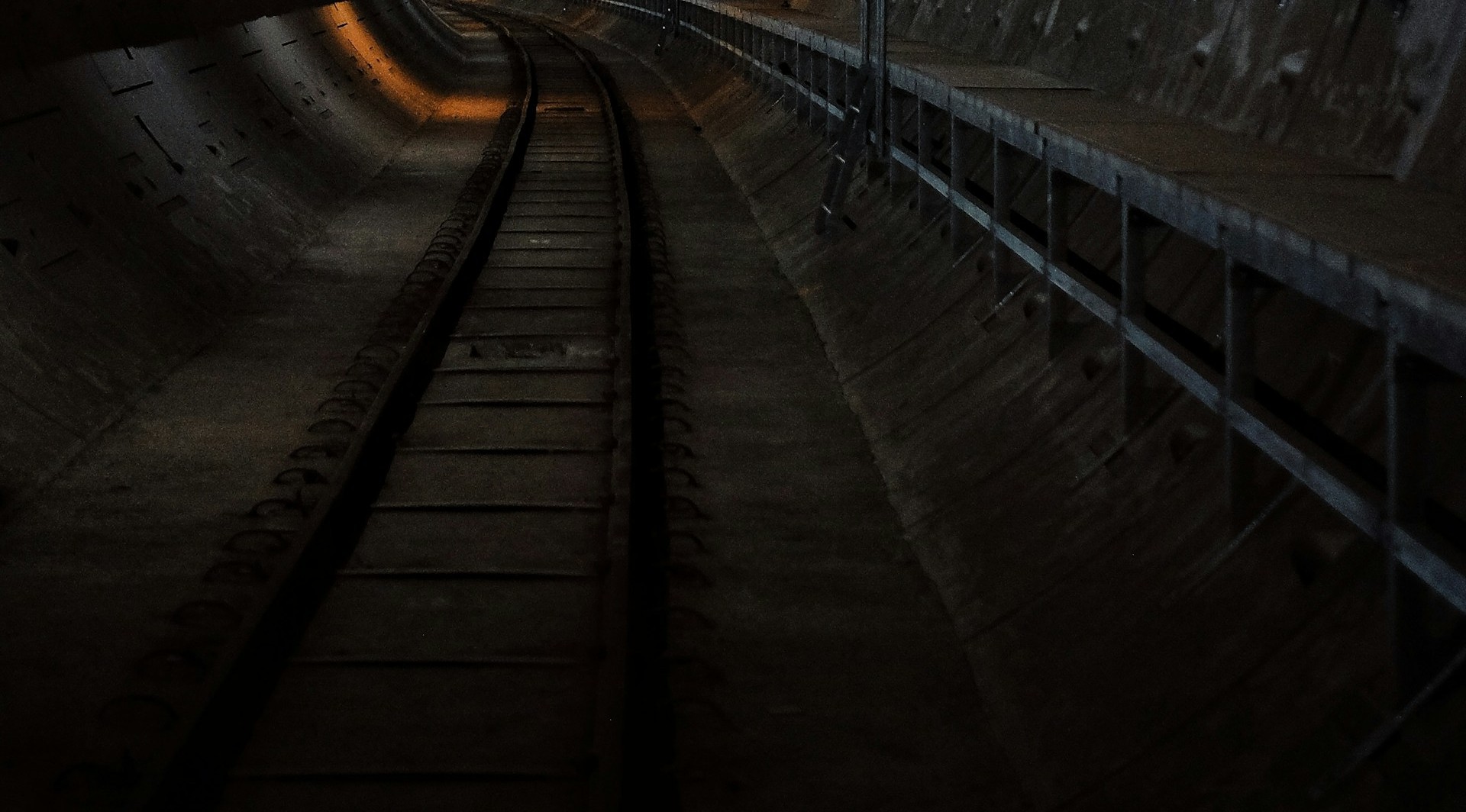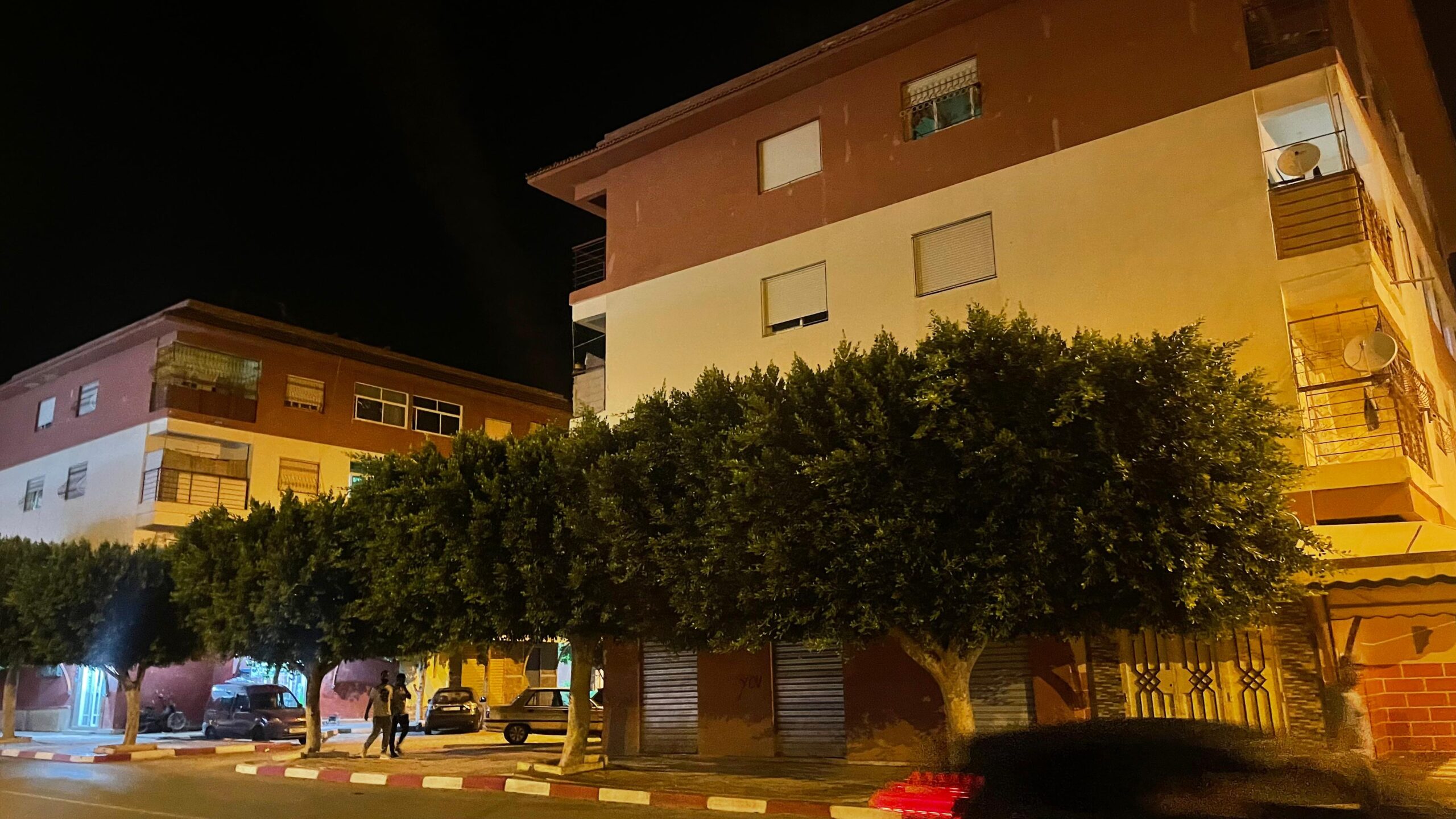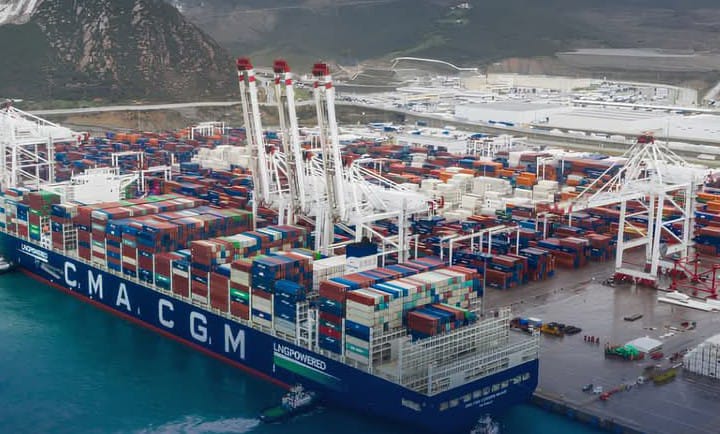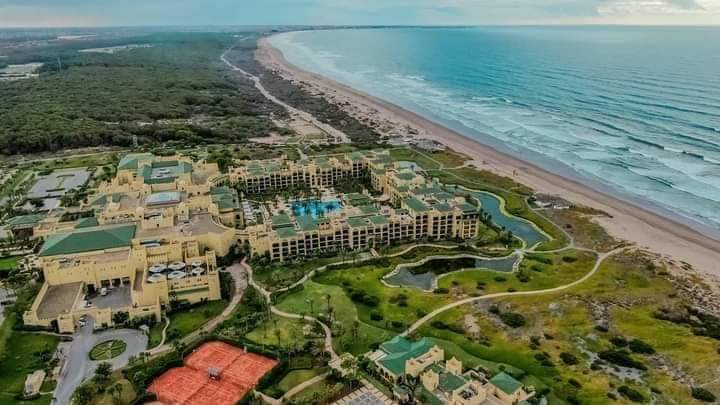Casablanca – The long-envisioned undersea tunnel connecting Morocco and Spain is witnessing renewed momentum, with recent developments pointing toward a strategic shift in how both countries view their shared future. This ambitious project, which aims to create a physical link between Europe and Africa through the Strait of Gibraltar, has re-emerged on the international agenda after years of stagnation.
According to recent reports in the Spanish press, Madrid has officially commissioned new feasibility studies for the tunnel, signaling a fresh commitment to the project. These studies will explore the technical and financial viability of constructing a 60-kilometer railway tunnel, 28 kilometers of which would run beneath the seabed. If all goes as planned, the tunnel could be operational by around 2040.
The project, first proposed in 1979 following an agreement between Morocco’s late King Hassan II and Spain’s then-King Juan Carlos I, had remained largely dormant due to various challenges—including financial constraints and political tensions. However, in 2023, the initiative was revived in a more favorable context. Improved diplomatic relations between Rabat and Madrid, along with support from the European Union, helped to reposition the project within broader strategic frameworks.
The inclusion of the tunnel in the EU’s Recovery and Resilience Facility has provided a new layer of institutional backing. This not only brings potential funding but also aligns the project with broader European goals related to infrastructure, migration management, and cross-continental trade.
Key to the tunnel’s advancement over the coming years will be the selection of appropriate construction technologies and financing models. Experts emphasize that the 2020s will be a decisive decade for determining the feasibility of tunneling methods, such as the use of advanced boring machines and deep-sea engineering. Construction is expected to begin gradually around 2030, pending the outcome of these studies.
In late 2024, the Spanish state-owned company SECEGSA, responsible for coordinating the project on Spain’s side, announced the selection of a leading German engineering firm to conduct detailed geotechnical and drilling condition assessments. The results of these studies are expected by June 2025 and are anticipated to play a critical role in shaping the project’s timeline and scope.
Referred to in some circles as the “Project of the Century,” the tunnel is widely regarded as a strategic endeavor that could redefine regional connectivity. By creating a fixed transport corridor between Europe and Africa, the project has the potential to significantly enhance trade flows, streamline tourism, and contribute to regional development on both shores of the Mediterranean.
If successful, the Morocco–Spain tunnel would not only be a triumph of engineering but also a symbol of geopolitical cooperation and vision. While many technical and financial hurdles remain, the renewed commitment from both countries suggests a serious intent to turn this historic ambition into a reality.

